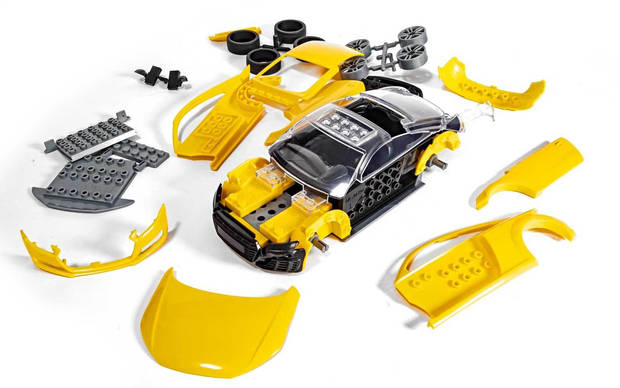

Specify the report set or aggregation name rest/junit/reportsets/Īccording to the report you specified, supply a valid build id when report belongs to BUILD group, otherwise, configuration id is needed. Run builds concurrently to get fast feedback. Run proof build to test changes on server before commit. QuickBuild is designed from its first day to make this practice easy to adopt.
Quickbuild mstest software#
The report set is specified in the publish step, and the aggregation name is specified in the aggregation definition. Continuous integration, as one of the best practice of agile software development, can be used to reduce integration headaches and improve team efficiency. In QuickBuild, the report data are stored by report sets or by aggregations. The group attribute tells QuickBuild where to find the report, for example, if a report belongs to BUILD group, then this report is stored in build related directory, otherwise, the report is stored in configuration related directory. Quickbulid will collect those reports seperately and aggregate them together on Dashboard, report tab and statistics page.You may consider the report meta data as the schema of a table in database.Įach report has an attribute group and in QuickBuild, the following groups are used: QuickBuild is a unique collaboration and hosting platform for software projects.
Quickbuild mstest windows#
For example, when we run tests with different platforms, such as Windows, Linux, Solaris, we can define several publish steps to collect the reports for each of them, we may define a step named Publish Tests On Windows and specify the report set name here as On Windows, and define another publish step named Publish Tests on Linux with the report set name here as On Linux, etc. My ConcoleApp only contains a simple function that adds two. Sometimes, we need publish reports in different report set. By default QuickBuild returns XML content, but starting from 10 version it also has native support of JSON content, usually it’s much more convenient to use native Python types (parsed XML) instead of pure XML string. This solution includes also another project, the TestProject1 which is of type MSTest project.

Used to display a failure message on build overview tab when step is failed. Used to determine whether this step will be failed or not. xml suffix under the reeports/junit sub-directory.Ī BOOLEAN expression. Path specified here is relative to specified source directory, for example reports/junit/*.xml means you want to publish all the files with. Use a file pattern to specify the files need be published. If left empty, the workspace directory itself will be used. A non-absolute path is considered to be relative to current workspace directory. Specify the directory under which to search xml files containing report data. Publish Report Step Attributesīelow lists the specific attributes for publish report step: Attribute That is all you need to do! Both the reports and the statistics data for the reports will be collected automatically, and you can view them in QuickBuild directly instead of generating external HTML report. For example, for JUnit, add a publish junit step, for TestNG, add a publish TestNG step.
Quickbuild mstest how to#
You may have a look at this quick example for how to publish the reports.įollowing screenshot shows a typical Java project overview by adding some reports to QuickBuild: Supported Reportsįollowing table lists all the reports supported in QuickBuild: Java Category Report Nameįor reports not directly supported in QuickBuild, you can publish HTML reports. This will help you to analyze the project build statistics later. By adding your build reports to QuickBuild, the project health can be tracked very easily, and the most importantly QuickBuild can collect the statistics data from those reports. Build reports are very important for detecting a project health.


 0 kommentar(er)
0 kommentar(er)
